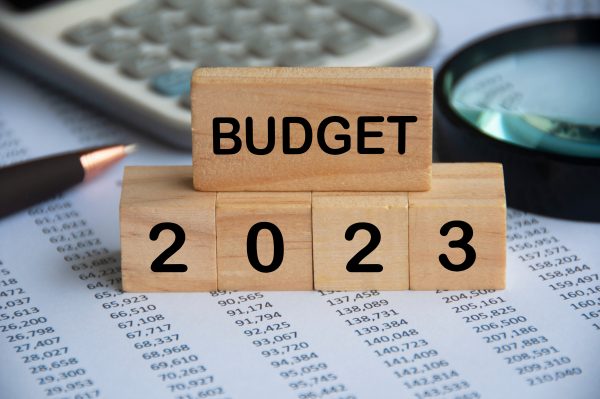What are Budget 2023 expectations highlights?

Will the budget for 2023 give salaried taxpayers some hope?
January 28, 2023
Ways to claim Income tax return
February 1, 2023Finance Minister Nirmala Sitharaman will introduce the Union Budget 2023 to Parliament on February 1. The budget for this year is projected to be growth-oriented, with a focus on capital expenditure, industry, infrastructure, and the rural economy.
The first half of the 2023 budget session is slated to go through February 10. The full session is scheduled to start on January 31 and end on April 6, with a break in between.
The Ministry of Finance has requested input from business and trade associations on revisions to direct and indirect taxes for Budget 2023-24. As seen, the government’s policies are geared toward gradually decreasing tax breaks and exemptions. One issue that could be addressed in the future budget is the rationalization of tax rates.
This article aims to highlight some of the stakeholder expectations that are expected to be addressed by the ministry in the 2018 budget.
Non-residents face difficulties when filling out Form 10F.
According to the rules of the Income Tax Act of 1961 (the Act), to claim the benefit of a dual taxation avoidance agreement (DTAA), a non-resident must obtain a certificate of residence from his or her home country and submit Form 10F, where applicable.
The Central Board of Direct Taxes (CBDT) has published a notification1 requiring Form 10F to be filed electronically. This creates a practical problem for non-residents, as they must create a permanent account number (PAN) for the e-filing facility even if they are not required to file an income tax return in India.
Residents pay a lower rate of tax on dividend income than non-residents.
Dividends are now taxable in the hands of the receiver following the repeal of dividends paid tax in 2020. The effective tax rate on such dividend-earned income by residents might be as much as 35.88%. Non-resident dividends, on the other hand, are taxed at a rate of 20%3 under the terms of Section 115A of the Act. Furthermore, these non-residents may be eligible for DTAA advantages, which will cut their tax rate even further.
As a result of the significant discrepancy in applicable tax rates between residents and non-residents, the charges for homeowners should be rationalized to create a level playing field.
Improvements to deductions under sections 80C and 80D of the Act
The Finance Act 2014 changed the existing ceiling of INR 1,50,000 per Section 80C of the Act. Considering the rate of inflation ever since the cap must be reconsidered and assistance provided to assessees, particularly those on lower incomes. Furthermore, the greater the household savings, the greater the money accessible to the government for economic development. As a result, this ceiling should be raised to INR 3,000,000.
Similarly, the current deduction limit per Section 80D of the Act is modest in contrast to the amount spent on health insurance.
Provision of free samples by Section 194R of the Act
The Finance Act of 2022 added section 194R to the Act, which states that the supplier of any benefit or luxury (in the course of their business or profession) must withhold 10% of the value of the benefit or perquisite supplied.
In this context, the CBDT issued two circulars2 to help with the application of the new regulations. It was clarified that on the longer 16 June 2022 that almost no tax needed to be deducted under this provision on sales discounts, cash discounts, and rebates given to clients, even though they are also sales/purchase benefits. The aforementioned carve-out was created in response to the sellers’ difficulties with withholding tax.
Looking for the best CA firm in Delhi?
Get in touch with inside tax experts. The most reliable tax filing and legal services providers in Delhi. You can discuss your concerns and queries regarding income tax returns, GST filing, legalization, trade market services, registration services, and more. The Inside Tax Consultants have 10+ years of experience with qualified CAs and staff. Trusted by 5000+ clients from 100+ companies and national-level businesses.
Contact our knowledgeable staff today!




